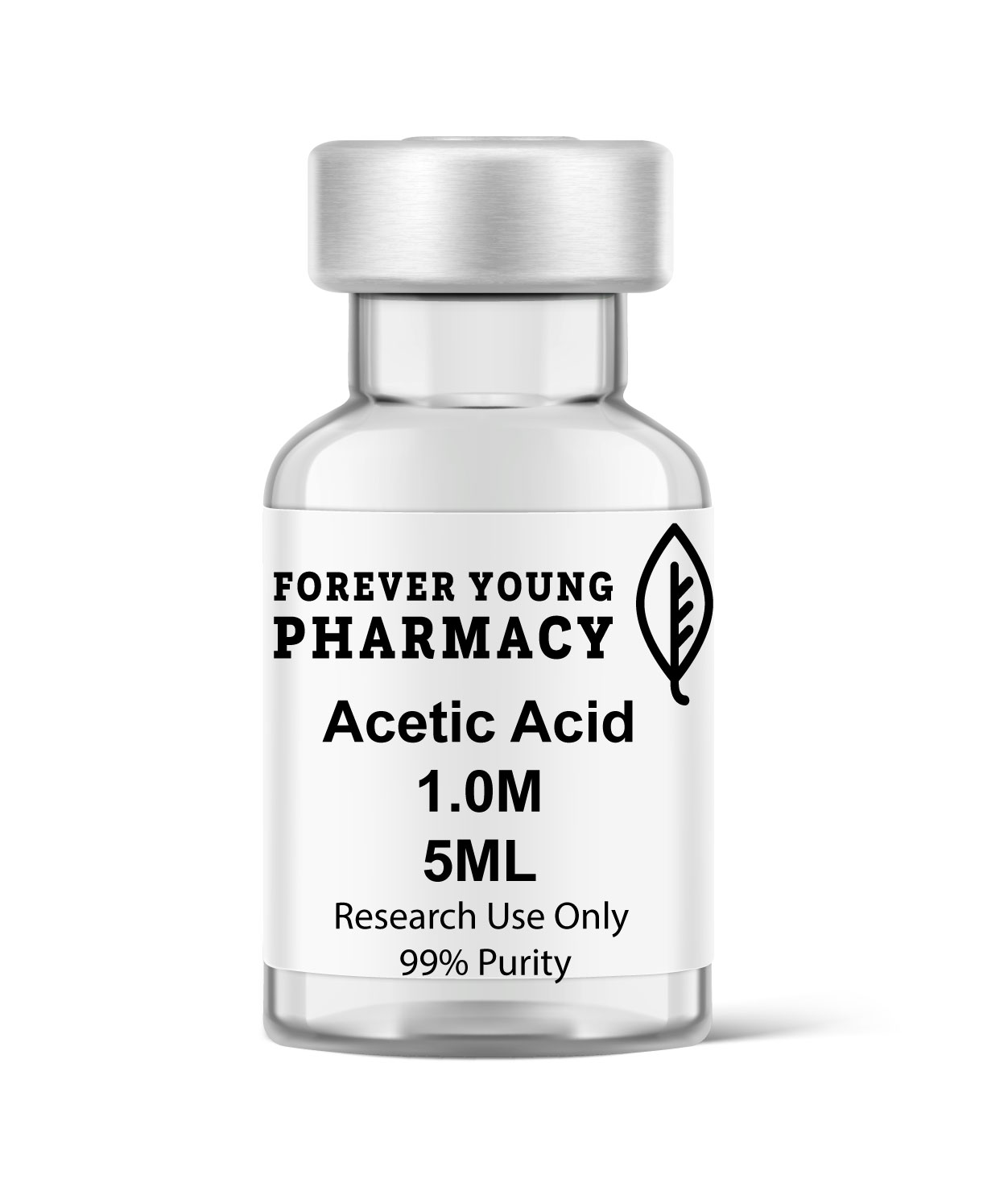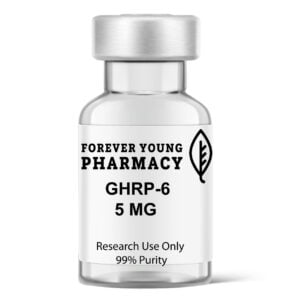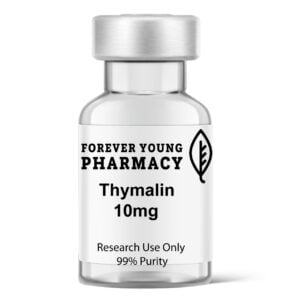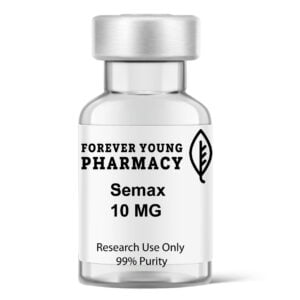Introduction to Acetic Acid 1.0M
Acetic Acid 1.0M is a standardized aqueous solution of ethanoic acid (CH3COOH) with a concentration of 1 mole per liter, equivalent to approximately 60 g/L or 6% w/v. It is widely used in laboratory settings for applications such as pH buffering, protein precipitation, and as a reagent in chemical synthesis. In research, it may be used to study acetate metabolism, antimicrobial effects, or as a solvent in biochemical assays. Acetic acid at lower concentrations (e.g., vinegar) is consumed in food, but 1.0M is not suitable for oral consumption due to its acidity and potential for gastrointestinal irritation or damage.
Benefits of Acetic Acid 1.0M
- Laboratory Use: Adjusts pH in buffers, facilitates protein and DNA precipitation, and serves as a reagent in organic synthesis. Often used with AOD-9604 to prevent gelling of the product.
- Antimicrobial Research: Studied for its ability to inhibit bacterial growth (e.g., in food preservation or wound care studies).
- Metabolic Studies: Used to explore acetate’s role in energy metabolism, particularly in ketogenic or fasting states.
- Industrial Applications: Employed in chemical manufacturing.
| Property | Description |
|---|---|
| Chemical Name | Acetic Acid (Ethanoic Acid) |
| Chemical Formula | CH3COOH |
| CAS | 64-19-7 |
| Molecular Weight | 60.05 g/mol |
| Concentration | 1.0M (~6% w/v, ~60 g/L) |
| Appearance | Clear, colorless liquid |
| pH | ~2.4 (1.0M aqueous solution) |





